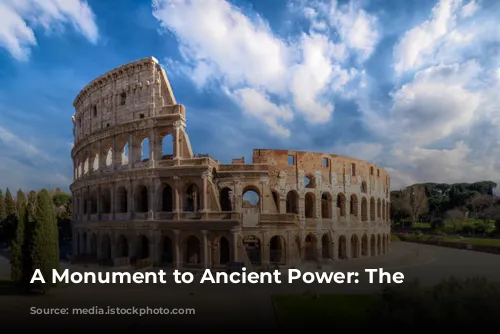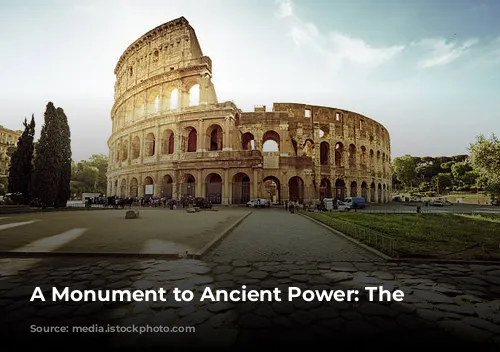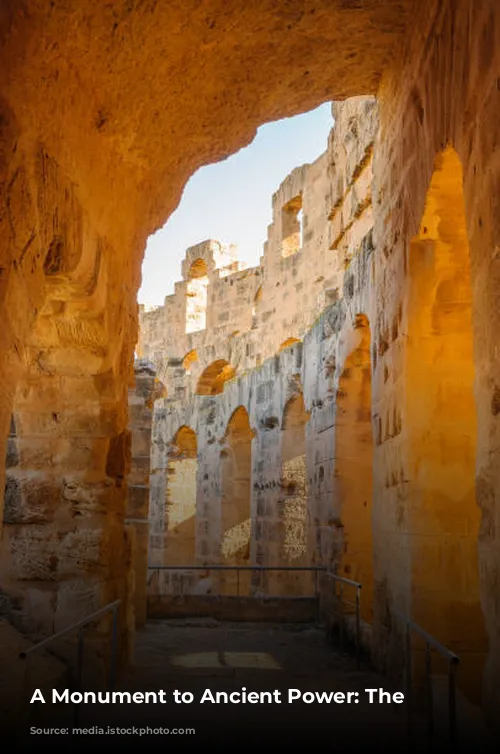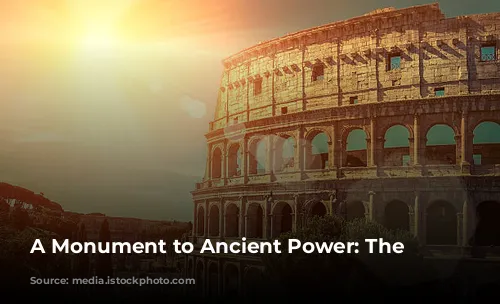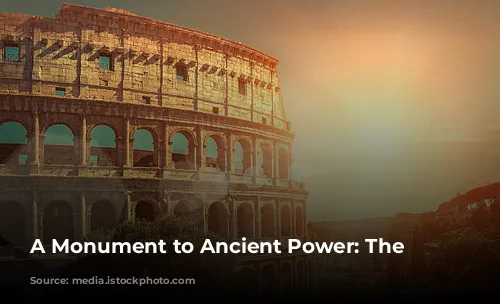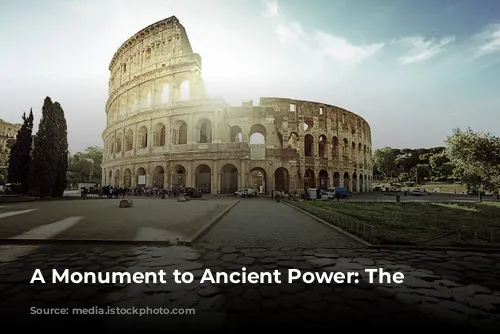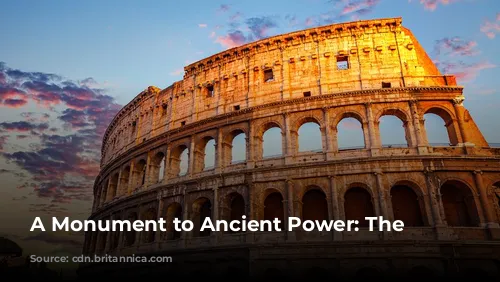Standing as one of the few surviving structures from the Roman Empire, the Colosseum is a testament to the architectural and engineering genius of ancient Rome. It’s not just a relic of the past, it’s also a major source of income for Italy. In 2018, the Colosseum, Roman Forum, and Palatine Hill combined to bring in over $63.3 million (€53.8 million), making it the most visited tourist attraction in Italy.
From Glory to Ruin and Back
After the fall of the Western Roman Empire, the Colosseum fell into a state of disrepair. During the 12th century, the powerful Frangipane and Annibaldi families used the arena as a fortress. In the 15th century, Pope Alexander VI even allowed the Colosseum to be used as a quarry, stripping away its precious materials. After over a thousand years of neglect, restoration efforts funded by the state began in the 1990s.
A Symbol of Roman Might and Entertainment
The Colosseum was built as a way to revive Rome after the chaos of the “Year of the Four Emperors” in 69 CE. Like other amphitheaters, the emperor Vespasian intended it to be a center of entertainment, hosting gladiatorial fights, animal hunts, and even mock naval battles.
Construction and Dedication of a Monument
Construction of the Colosseum began under the Roman emperor Vespasian between 70 and 72 CE. It was dedicated in 80 CE by his son and successor, Titus. The emperor Domitian added the fourth story in 82 CE. It’s important to remember that the arena was financed by the spoils of war from Titus’s sacking of Jerusalem in 70 CE, and it was built by enslaved Jews from Judea.
A Marvel of Engineering: The Colosseum’s Design and Construction
The Colosseum is an elliptical amphitheater made of stone, concrete, and tuff, standing four stories tall. Measuring 620 by 513 feet (189 by 156 meters), it could hold up to 50,000 spectators. It was famously used for gladiatorial combat, a spectacle that drew crowds from all walks of Roman life.
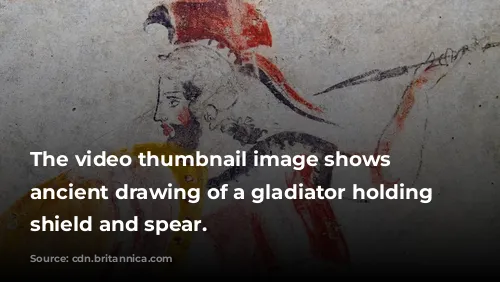
A Symbolic Shift: Replacing the Emperor’s Private Pleasure with Public Entertainment
The Colosseum stands on the grounds of what was once Nero’s Golden House. The artificial lake, once a centerpiece of Nero’s palace, was drained to make way for the amphitheater. This choice was as much symbolic as it was practical. Vespasian, who had risen from humble beginnings, chose to replace the tyrannical emperor’s private lake with a public amphitheater that could host tens of thousands of Romans.

A Monument to Entertainment: The Colosseum’s Features and Events
The Colosseum was officially dedicated in 80 CE by Titus in a ceremony that lasted 100 days. The uppermost story was added by Domitian in 82 CE. Unlike earlier amphitheaters, which were often built into hillsides for support, the Colosseum is a freestanding structure of stone and concrete. It uses a complex system of barrel vaults and groin vaults and measures 620 by 513 feet (189 by 156 meters) overall. Three of the arena’s stories are encircled by arcades framed on the exterior by engaged columns in the Doric, Ionic, and Corinthian orders, a design that became a standard for the Renaissance.
The amphitheater could seat 50,000 spectators, who were protected from the sun by a massive retractable awning called a velarium. Hundreds of Roman sailors were needed to manipulate the rigging that extended and retracted the awning. The Colosseum was the scene of gladiatorial combat, contests between men and animals, and even mock naval battles. However, it is uncertain whether the arena was the site of early Christian martyrdom.
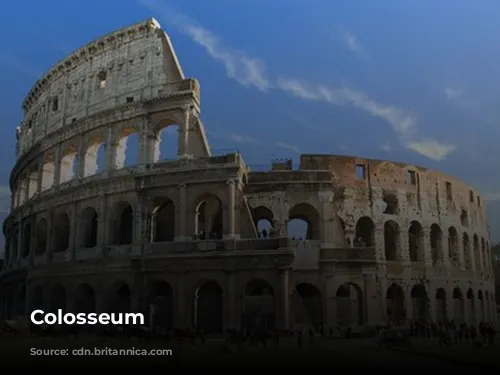
A Rebirth: Restoration and Legacy
In the Middle Ages, the Colosseum was used as a church and then as a fortress. It was damaged by lightning, earthquakes, and vandalism. For over a thousand years, it was treated as a quarry, and its marble seats and decorative materials disappeared. Preservation efforts began in the 19th century, led by Pope Pius VIII. A major restoration project was undertaken in the 1990s, and today the Colosseum is a major tourist attraction, receiving close to seven million visitors annually. Regular exhibitions related to the culture of ancient Rome keep its story alive.
The Colosseum is more than just a ruin; it’s a symbol of Roman strength and a reminder of the grandeur of the past. It stands as a testament to the ingenuity and power of ancient Rome, drawing visitors from all corners of the globe. Its story is a reminder of the cyclical nature of history, from glory to ruin, and back again.
